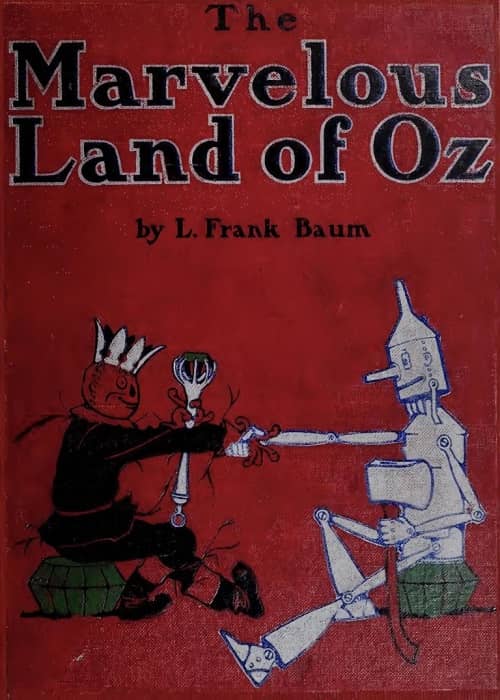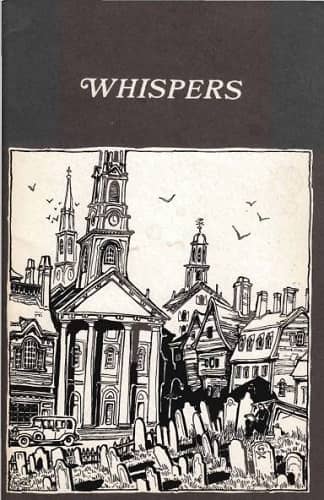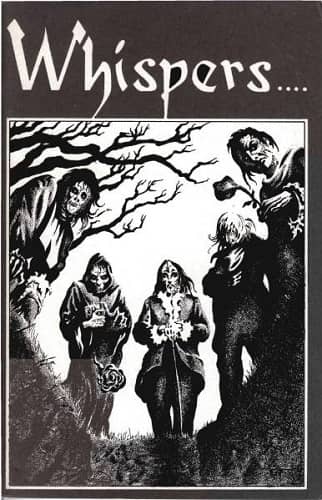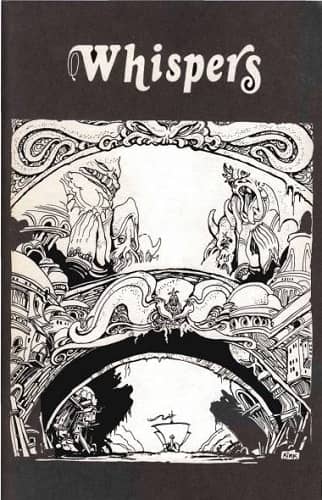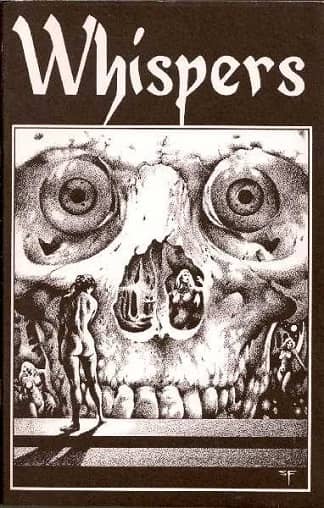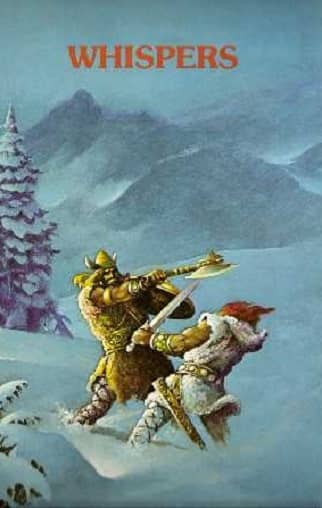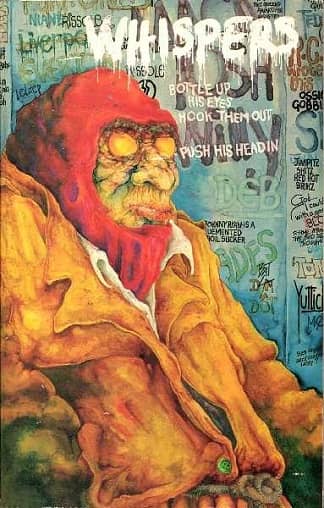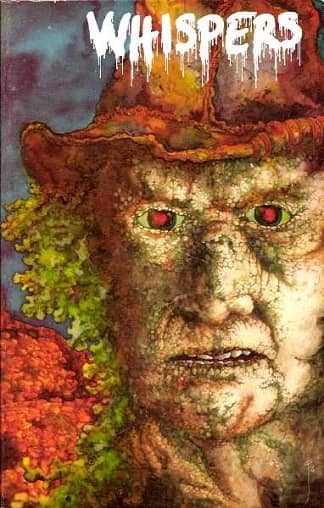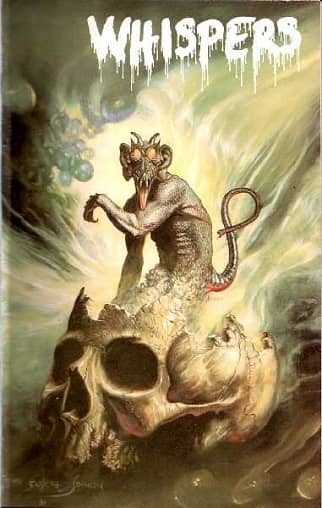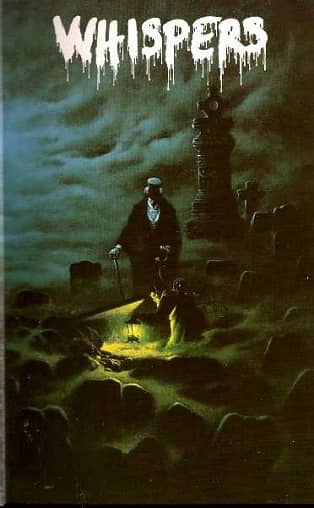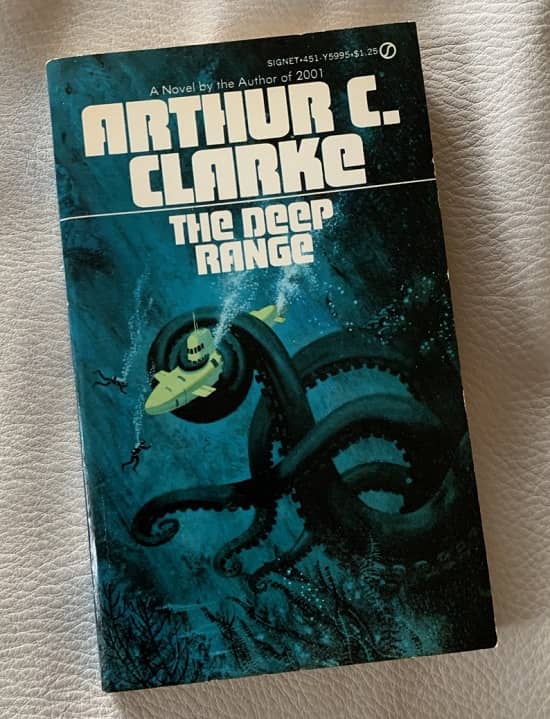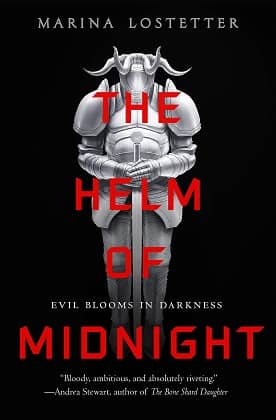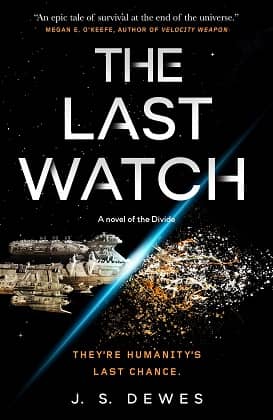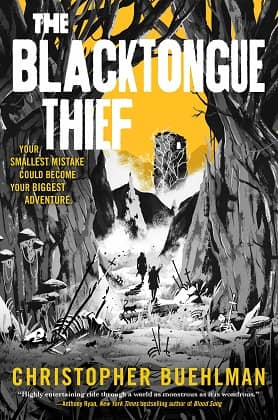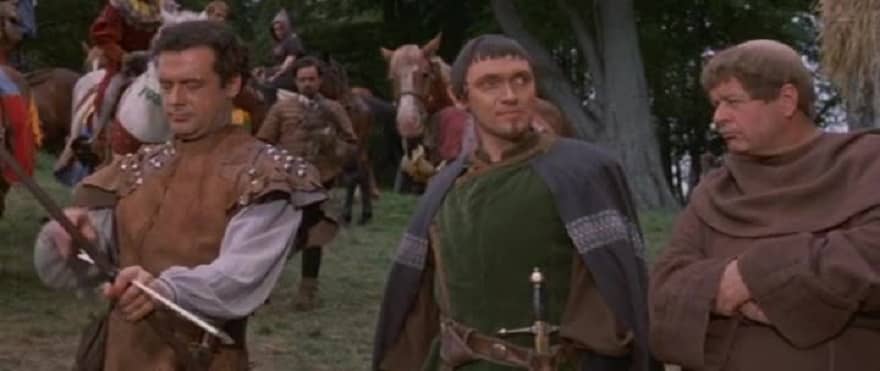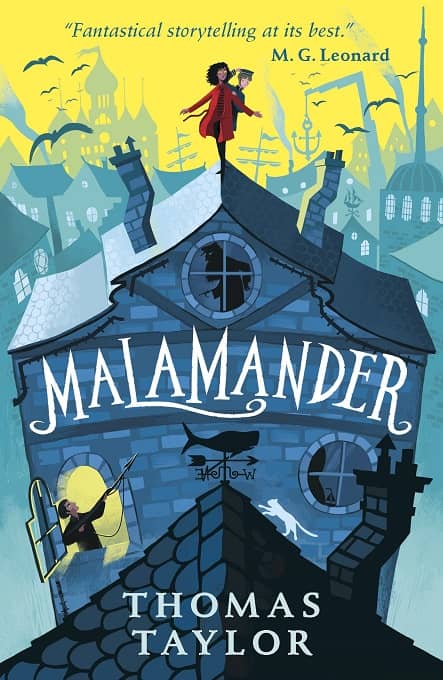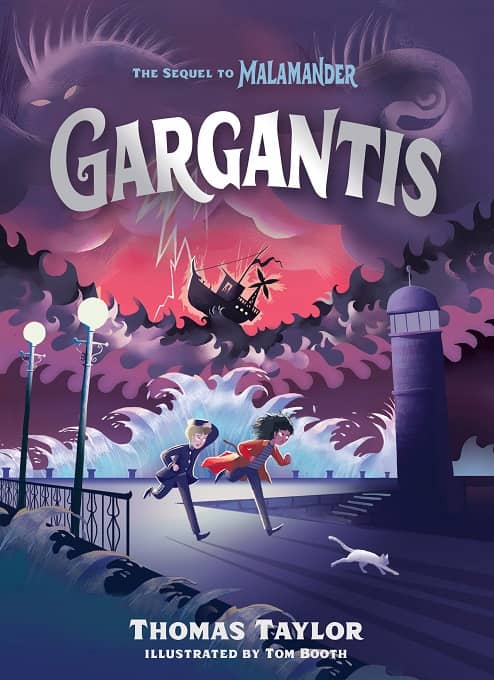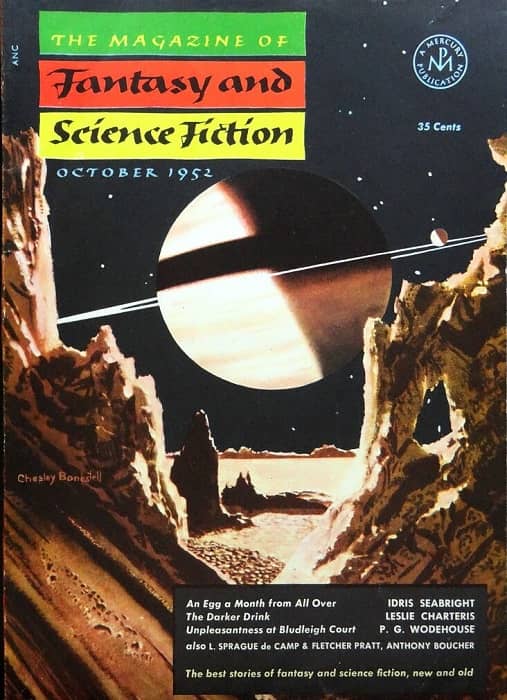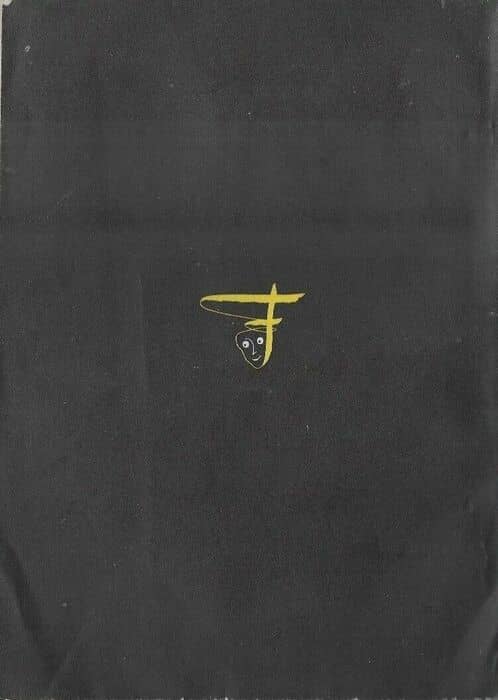Future Treasures: Out Past the Stars, Book Three of The Farian War by K. B. Wagers
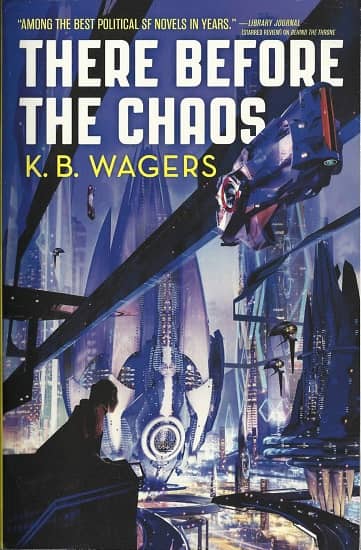 |
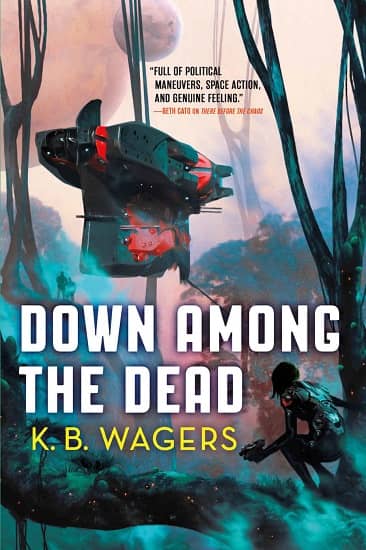 |
 |
The Farian War trilogy K. B. Wagers (Orbit Books). Covers by Stephan Martiniere
You know what I appreciate? When a trilogy wraps up with three books, and the author doesn’t decide to extend it indefinitely. That’s what happens next month with Out Past the Stars, the final novel in K.B. Wagers’ popular The Farian War series. At least according to John the Librarian’s Booklist review, anyway.
Hail, Star of Indrana, seeks to broker peace between the Farian and the Shen, a task made unimaginably more difficult when she meets the Farian gods and discovers they’re not what everyone has long believed. Now, an ancient, dangerous enemy is hunting them down. To preserve peace and save her empire, Hail must discover the truth behind centuries’ worth of lies and avert an all-out war. But the cost might be more than she can bear, just when she was hoping to finally put violence behind her… The story is a compelling mix of action and politics, but Wagers’ strength is crafting character-driven science fiction, and it’s on full display. Everyone, including the villains, are complex and compelling. Relationships, both old and new, are rich. Wagers offers a well-earned, heartfelt, and hopeful conclusion to the Farian War series.
The Barnes & Noble Sci-Fi & Fantasy Blog called the opening novel “A perfect blend of political intrigue and realistically-conveyed action…. [with] Kick-butt women, space battles, complex relationships, and fiendish plots.” Here’s the details for all three.
There Before the Chaos (465 pages, $15.99 trade paperback/$9.99 digital, October 9, 2018)
Down Among the Dead (448 pages, $16.99 trade paperback/$9.99 digital, December 3, 2019)
Out Past the Stars (400 pages, $16.99 trade paperback/$9.99 digital, February 23 2021)
The series was published by Orbit, with covers by Stephan Martiniere. We looked at the first two here. See all our recent coverage of the best upcoming SF and fantasy here.
